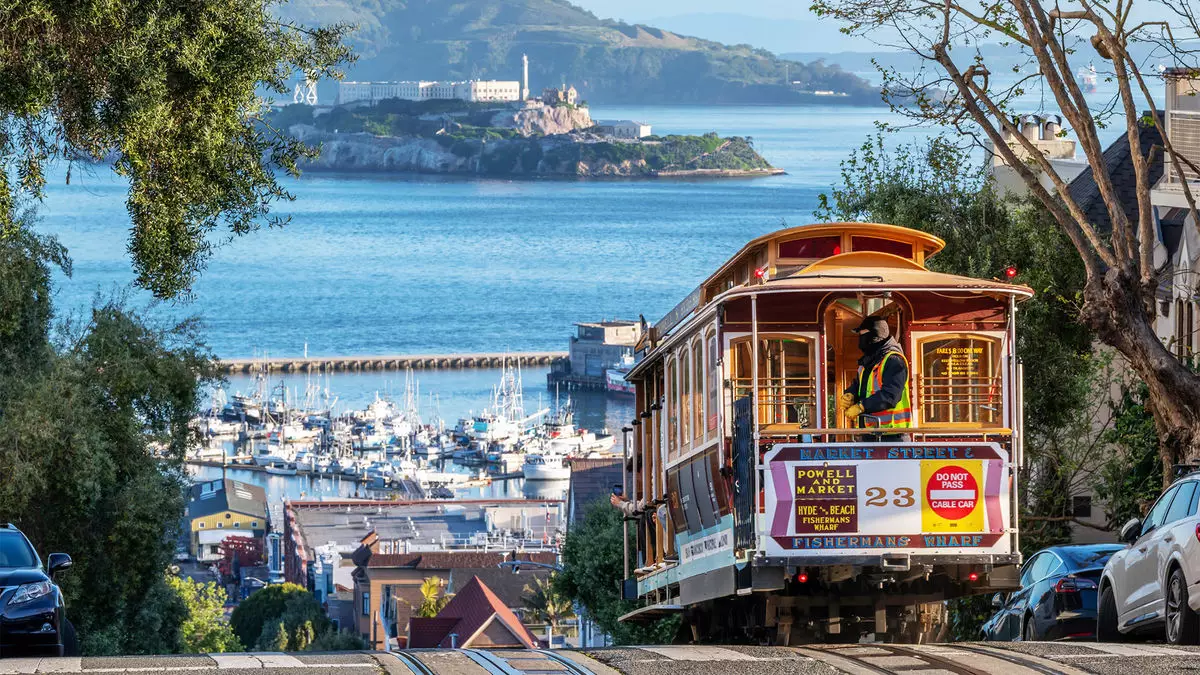After enduring one of the most challenging periods for tourism in its recent history, San Francisco’s visitor industry is primed for a rebound. The slumps experienced throughout 2024, compounded by various factors—ranging from labor strikes to reduced international travel—highlighted the city’s vulnerabilities. However, as industry insiders have observed, the year 2025 is forecasted to mark the beginning of a recovery, spurred by a lineup of high-profile events and an improving convention business landscape. These elements, coupled with an optimistic outlook on public safety and hospitality, indicate San Francisco may soon reclaim its status as a premier destination for travelers.
Evaluating the Setbacks
Last year, San Francisco’s hospitality climate was characterized by stagnant occupancy levels and a stark decline in the average daily rates (ADR). The city reported a decrease of approximately 3.8% in ADR and a 3.7% dip in revenue per available room (RevPAR) for the year leading to October 2024. As a result, San Francisco faced significant challenges, ranking lowest among U.S. cities in terms of hotel rate recovery post-2019. The decline is particularly striking, considering the city had previously held some of the highest room rates in the nation. The statistics reflect not just an economic downturn but also a larger narrative about changing perceptions of urban safety and tourism vitality.
The situation was exacerbated by labor strikes that affected nearly a third of San Francisco’s hotel inventory, alongside a notable absence of major draws like the Asia-Pacific Economic Cooperation summit. Public sentiment around the city has also struggled under the weight of safety concerns, affecting the volume of international visitors. Yet, industry leaders like Anna Marie Presutti, CEO of the San Francisco Travel Association, have begun addressing these perceptions. As improvements in crime rates come to light—such as a reported 32% drop in property crime and efforts to enhance both public safety and homeless services—the narrative around San Francisco is gradually shifting.
Rebuilding Trust and Perception
Presutti indicated that efforts to combat the negative narratives surrounding the city are bearing fruit, pointing to a decrease in street homelessness and proactive public safety measures, such as funding for additional police officers. As data shows, these measures have started to restore trust among both locals and visitors alike. Moreover, as Presutti astutely noted, the “doom loop” narrative that gained traction during the pandemic is being dismantled piece by piece through targeted messaging and evidence of revitalization.
Indeed, momentum is building as San Francisco prepares to host a series of high-profile sporting events, including the NBA All-Star Game and the Laver Cup, which are expected to revitalize interest in the city. These events not only attract visitors but also serve to showcase San Francisco on a national stage, promoting a renewed sense of vibrancy. The imminent 2025 schedule, anticipated to include Microsoft Ignite and various other significant gatherings, signals a shift in the convention booking rhythm, with sponsors and organizers behaving differently compared to traditional lead times for events of that scale.
According to San Francisco Travel’s forecasts, visitor volume is anticipated to rise from 23.2 million in 2024 to 23.9 million in 2025, alongside a forecasted increase in spending from $9.24 billion to $10 billion. Furthermore, hotel metrics are set to reflect this growth, inching up to a projected occupancy of 64.1% in 2025. The burgeoning events landscape will facilitate increased demand for accommodations, with rising room nights expected from events at the Moscone Center complex.
As part of its revitalization initiatives, San Francisco is striving to enhance the visitor experience by establishing designated entertainment zones and promoting local street festivals and night markets. These endeavors aim to invigorate neighborhoods and encourage exploration, ensuring that visitors experience the unique and diverse charm of the city. As Presutti aptly noted, the city’s marketing strategies will increasingly showcase both the familiar and the surprising facets of San Francisco, aiming to imbue a sense of discovery amid its renowned attractions.
The year ahead for San Francisco is charged with potential and optimism. As the city embarks on its path to recovery, it confronts both challenges and opportunities that could redefine its image as a bustling hub of culture, commerce, and creativity. With a planned array of events and continued investment in public safety, San Francisco is not only looking to reclaim its past glory but also to carve out a renewed identity for itself in the years to come. As the city triumphantly turns the page on a period of hardship, the entrepreneurial spirit of its residents and stakeholders will undoubtedly play a crucial role in shaping a prosperous future.

